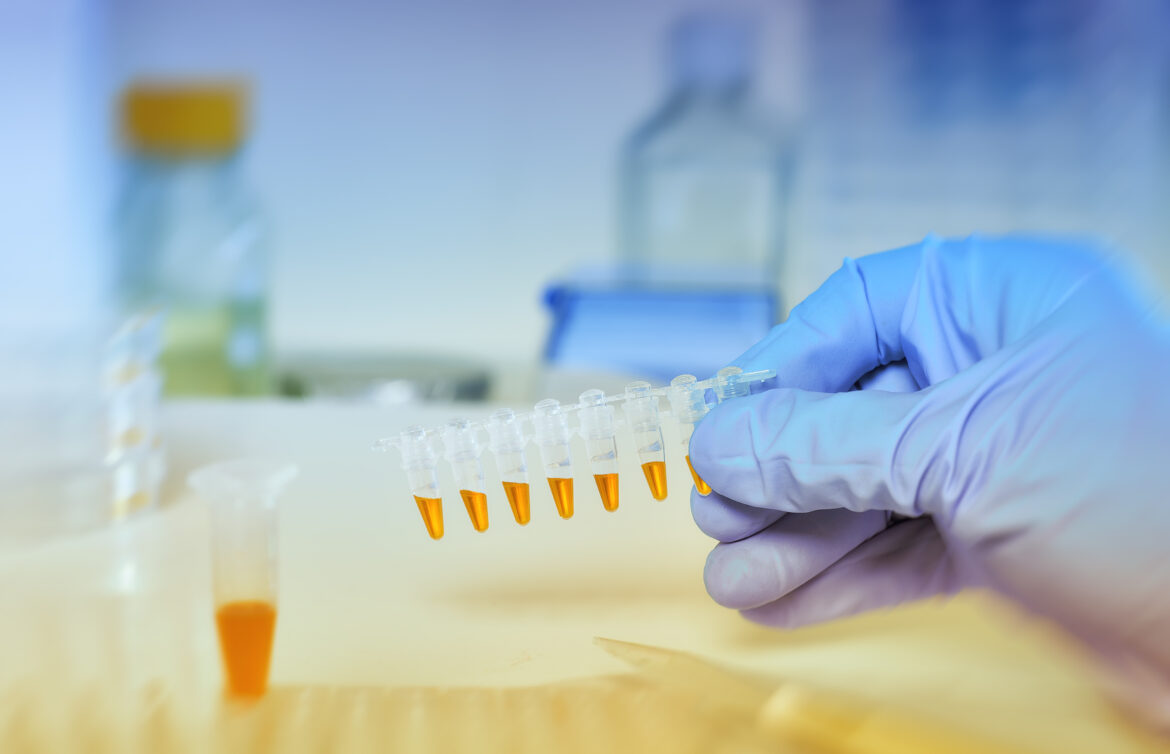Salivary Biomarkers Saliva, often overlooked in molecular diagnostics, contains a myriad of molecules reflective of both local and systemic health states. Its non-invasive, cost-effective collection and processing advantages make saliva an appealing medium for disease biomarker detection. Salivary diagnostics have underscored its potential in identifying systemic disease markers, presenting a less intrusive, resource-efficient alternative to blood sampling. Recent studies have identified over thirty-five salivary biomarkers for oral diseases alone, and transcriptomics research has cataloged extensive mRNA and miRNA species within saliva.
The challenge in TBI diagnosis lies in identifying biomarkers that accurately reflect brain tissue damage following concussive events. While traditional focus has been on blood and CSF biomarkers, recent literature suggests saliva as a promising medium for detecting TBI-related biomarkers, offering insights into brain damage through non-invasive means.
S100B S100 proteins, including S100B, play roles in numerous cellular processes and are found in the central nervous system, among other tissues. S100B’s involvement in neurotrophic and neurotoxic activities highlights its potential as a TBI biomarker. Despite challenges in distinguishing its origin post-TBI, studies suggest salivary S100B as a viable alternative for TBI diagnosis.
Neurofilament Light Chain (NfL) NfL, abundant in the nervous system, serves as a structural component and a biomarker for neurodegenerative conditions and TBI. Its presence in saliva, following head trauma, suggests axonal injury and may provide diagnostic insights into TBI severity and outcomes.
3MicroRNAs miRNAs, critical in gene regulation, offer potential as diagnostic biomarkers for TBI and PCS, given their stability and presence in saliva. Research indicates differential expression of miRNAs in TBI sufferers, underscoring their role in identifying and prognosticating mild TBI and PCS outcomes.
Extracellular Vesicles EVs facilitate cell-to-cell communication and have been implicated in TBI pathology. Studies on salivary EVs suggest their potential as biomarkers for TBI diagnosis, reflecting the ongoing search for non-invasive diagnostic tools.
| Salivary Biomarker | Role in Diagnosis |
|---|---|
| S100B | Associated with brain damage and injury; elevated levels may indicate TBI. S100B can modulate astrocytic activation and is involved in neuroinflammation. |
| Neurofilament Light Chain (NfL) | Indicative of axonal injury and degeneration. Elevated levels suggest neuroaxonal damage, which is a hallmark of TBI. |
| MicroRNAs (miRNAs) | Serve as regulators of gene expression. Altered levels of specific miRNAs in saliva can indicate mild TBI and PCS, reflecting changes in neural tissue and potentially aiding in differentiation from other conditions. |
| Extracellular Vesicles (EVs) | Carry proteins, mRNA, and microRNAs. Changes in the content and concentration of salivary EVs may reflect brain injury and thus serve as biomarkers for TBI. |
This table provides a simplified overview of how these biomarkers can contribute to the diagnosis of TBIs and PCS. Each biomarker’s presence and level in saliva can offer insights into the extent of injury and the body’s response to trauma, aiding in the early detection and management of these conditions. Further research and clinical validation are needed to fully establish their diagnostic utility and to refine their application in medical practice.

